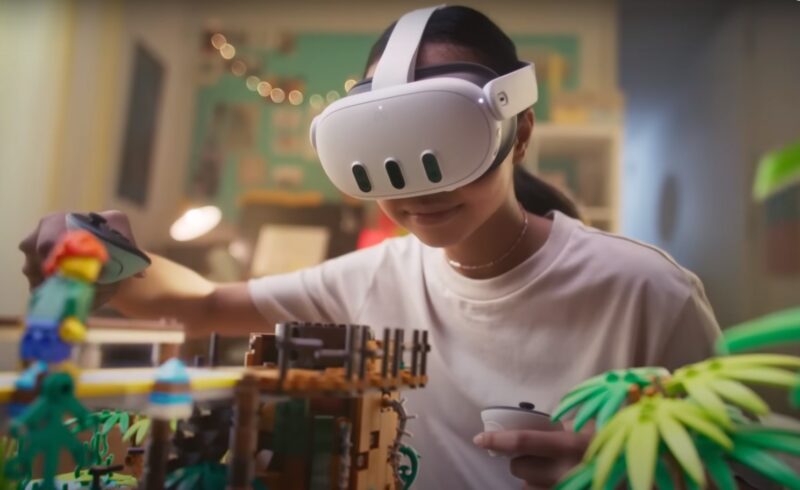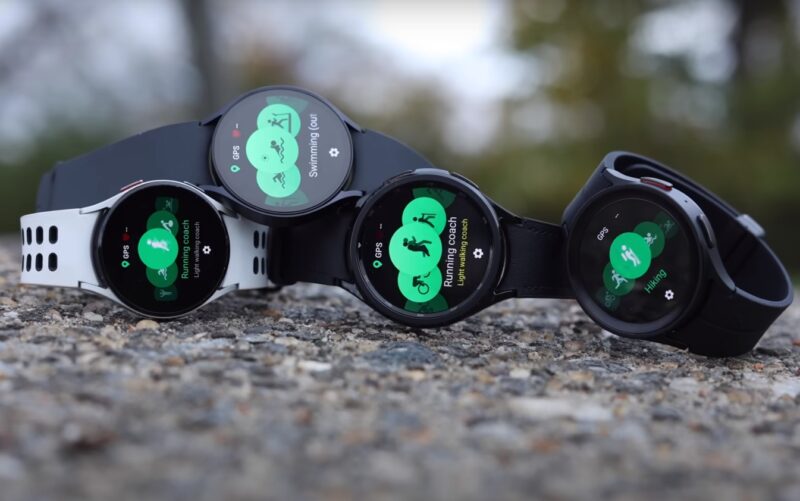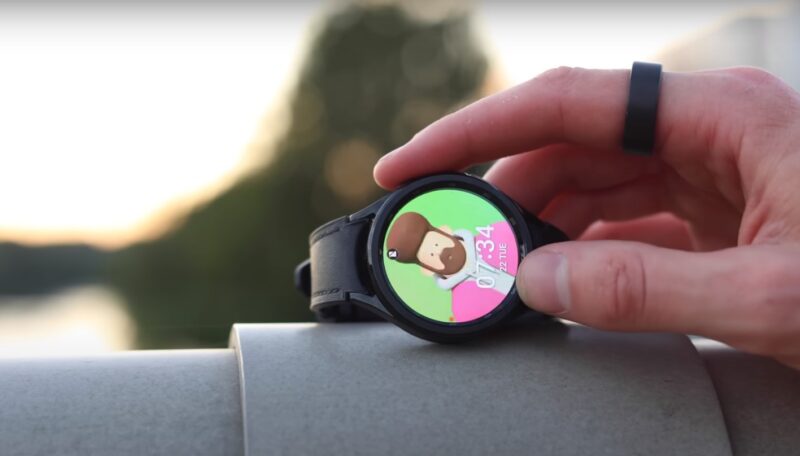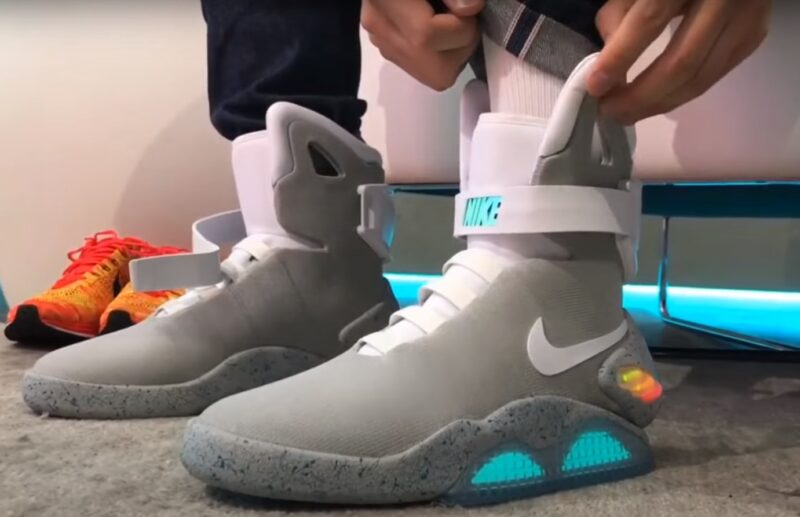Wearable technology stands out as a significant advancement that seamlessly integrates into the daily lives of millions.
This category of tech encompasses a wide range of electronic devices designed to be worn on the body, either as an accessory or a part of the material used in clothing.
One of the key features of wearable technology is its ability to connect to the internet, enabling data exchange without requiring human intervention.
Key Wearable Technology
| Device Type | Popular Brands | Key Features | Market Segment |
|---|---|---|---|
| Smartwatches | Apple, Samsung, Garmin | Time display, Fitness tracking, Notifications | Consumer, Professional |
| Fitness Trackers | Fitbit, Xiaomi, Garmin | Activity tracking, Sleep analysis, Heart rate monitoring | Consumer, Health |
| Smart Glasses | Google Glass, Vuzix | Augmented reality, Photo/video capture | Consumer, Professional, Industrial |
| Health Monitors | Withings, Omron | Blood pressure monitoring, ECG, Temperature | Health, Consumer |
| Smart Clothing | Athos, Hexoskin | Biometric data collection, Athletic performance tracking | Sports, Health |
| VR Headsets | Oculus, HTC Vive, Sony | Immersive gaming, Educational content, Virtual tours | Gaming, Education, Training |
| AR Glasses | Microsoft HoloLens, Magic Leap | Real-world overlay, Hands-free information, Interactive experience | Industrial, Professional, Consumer |
Historical Evolution

The concept of wearable technology is not as recent as some may think. Its roots can be traced back to the 17th century with the invention of the abacus ring, a tool used for calculations worn like a ring on the finger.
Fast forward to the 20th century, the evolution of wearable technology took a significant leap with the development of more sophisticated devices such as the first wearable computer created in 1961 by mathematicians Edward O. Thorp and Claude Shannon.
This device was designed to predict roulette wheels. However, the real momentum for wearable tech began in the late 20th and early 21st centuries, with the advent of digital watches, fitness trackers, and smartglasses.
Forms of Wearable Technology
![]()
Wearable technology manifests in various forms, each designed with specific functionalities tailored to the needs of the user.
The most prevalent form is the smartwatch, which offers a plethora of features beyond timekeeping, including fitness tracking, message notifications, and even mobile payments.
Fitness trackers, another popular form, focus on monitoring physical activities and health-related metrics such as heart rate and sleep patterns.
Smart clothing is another innovative form, incorporating electronic components and connectivity into the fabric itself, enabling it to collect data and interact with other devices.
Head-mounted displays, such as virtual reality (VR) headsets and augmented reality (AR) glasses, offer immersive experiences by overlaying digital information onto the physical world or creating entirely virtual environments.
Applications

The applications of wearable technology are as diverse as its forms. In the consumer market, these devices are widely used for health and fitness monitoring, providing users with valuable data on their physical well-being.
The entertainment industry has also embraced wearables, especially VR and AR, to create immersive gaming and movie-watching experiences.
Beyond personal use, wearable technology has significant applications in professional settings. In healthcare, wearables can monitor patients’ vital signs in real-time, providing critical data without the need for invasive procedures.
The military sector utilizes wearable tech for enhanced communication, navigation, and situational awareness.
Benefits

The benefits of wearable technology are multifaceted. For individuals, wearables offer convenience, allowing easy access to information and communication tools without the need to carry additional devices.
The health and fitness monitoring capabilities encourage a healthier lifestyle by providing users with actionable insights into their physical activity and well-being.
From a broader perspective, wearable technology has the potential to revolutionize healthcare by enabling early detection of health issues and facilitating remote patient monitoring.
This can lead to more personalized and efficient healthcare services, reducing the burden on healthcare systems.
Challenges

Despite its numerous benefits, the adoption of wearable technology faces several challenges.
Privacy and security concerns are at the forefront, given the sensitive nature of the data collected by these devices. Ensuring the security of this data and addressing privacy concerns is paramount for user trust and widespread adoption.
Another challenge lies in the technical limitations of current wearables, such as battery life and processing power. These limitations often constrain the functionality and user experience of wearable devices.
FAQs
Can wearable technology improve sleep quality?
Yes, wearable technology can significantly improve sleep quality. Many wearable devices are equipped with sensors that monitor sleep patterns, including duration, quality, and sleep stages.
By analyzing this data, wearables can provide personalized recommendations for improving sleep hygiene, such as adjusting bedtime routines or identifying factors that may disrupt sleep.
How does wearable technology integrate with other smart devices?
Wearable technology often integrates with other smart devices through wireless connectivity, using technologies like Bluetooth and Wi-Fi. This integration allows wearables to sync data with smartphones, tablets, and even smart home devices, enabling a seamless flow of information.
For instance, fitness data collected by a smartwatch can be viewed and analyzed on a smartphone app, while smart glasses can control smart home devices through voice commands or gestures.
Are there any environmental impacts associated with wearable technology?
Like all electronic devices, wearable technology does have environmental impacts, primarily related to the manufacturing process, energy consumption, and end-of-life disposal.
The production of wearables involves the use of precious metals and rare earth elements, which can lead to environmental degradation and pollution if not responsibly sourced and recycled.
What is the potential for wearable technology in education?
The potential for wearable technology in education is vast and largely untapped. Wearables can offer immersive learning experiences through AR and VR, providing students with interactive and engaging educational content.
For example, AR glasses can overlay historical facts or scientific data onto real-world environments, making learning more contextual and memorable.
Wearables can also support personalized learning by tracking students’ engagement and comprehension in real-time, allowing educators to tailor instruction to individual needs.
Can wearable technology be customized for individual needs?
Yes, wearable technology can be highly customizable to meet individual needs and preferences. Many devices offer a range of settings and applications that users can tailor to their specific requirements, whether it’s for fitness tracking, health monitoring, or productivity.
Some companies also offer personalized design options, such as different colors, materials, and straps for smartwatches, to match personal style.
How do wearables handle data privacy and security?
Data privacy and security are critical concerns for wearable technology, and manufacturers are implementing various measures to protect user data. These include data encryption, secure data transfer protocols, and user authentication features, such as passwords and biometric recognition.
Many companies also comply with privacy regulations, such as the General Data Protection Regulation (GDPR) in Europe, ensuring that users have control over their data and its use.
Final Words
Wearable technology represents a dynamic and evolving field that bridges the gap between humans and the digital world.
From its historical origins to its current applications and future prospects, wearable tech has the potential to enhance every aspect of our lives. Despite the challenges it faces, the continuous advancements in technology and the growing integration of wearables into various sectors underscore its significant potential.
As we move forward, wearable technology will undoubtedly play a pivotal role in shaping the future of personal connectivity, healthcare, and digital interaction.
